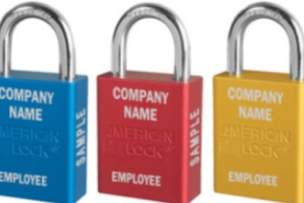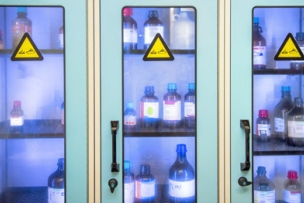As a first line of defense for worker safety, most employers are failing terribly in first-aid training. See the data from the American Heart Association and others—including the lack of proper CPR and AED training to treat cardiac arrest.
In 2016, there were over 5,000 deaths on the job in the U.S., according to the Bureau of Labor Statistics. Fatalities at work have been on a steady rise—with a 7 percent increase between 2015 and 2016. Nonfatal injuries in the workplace, however, have been on a tiny decline: In 2017, private industry employers reported 2.8 million injuries and illnesses, about 45,000 fewer injuries than in 2016.
Is this good news? Yes and no. The Occupational Safety and Health Administration exists to help prevent fatalities and injuries. So from that perspective, a rise in fatalities is not good news. Transportation, violence and falling on the job are three of the leading causes of death. But that is not all: There is also exposure to harmful substances and environments, fires, explosions and electricity—as well as being struck by equipment.
To help avoid preventable deaths or serious injuries that keep employees from being able to work, companies must ensure that employees are trained in first aid and that first-aid supplies are readily available. Employers must also ensure medical personnel are readily available for consultation. A 2017 study by the American Heart Association finds most companies are failing in first aid, cardiopulmonary resuscitation and automated external defibrillator training. Part of that training is knowing how to administer CPR and use AED equipment for workers showing signs of cardiac arrest. See the alarming data here in our infographic.





Talk to Us!
Leave a reply
Your email address will not be published. Required fields are marked *